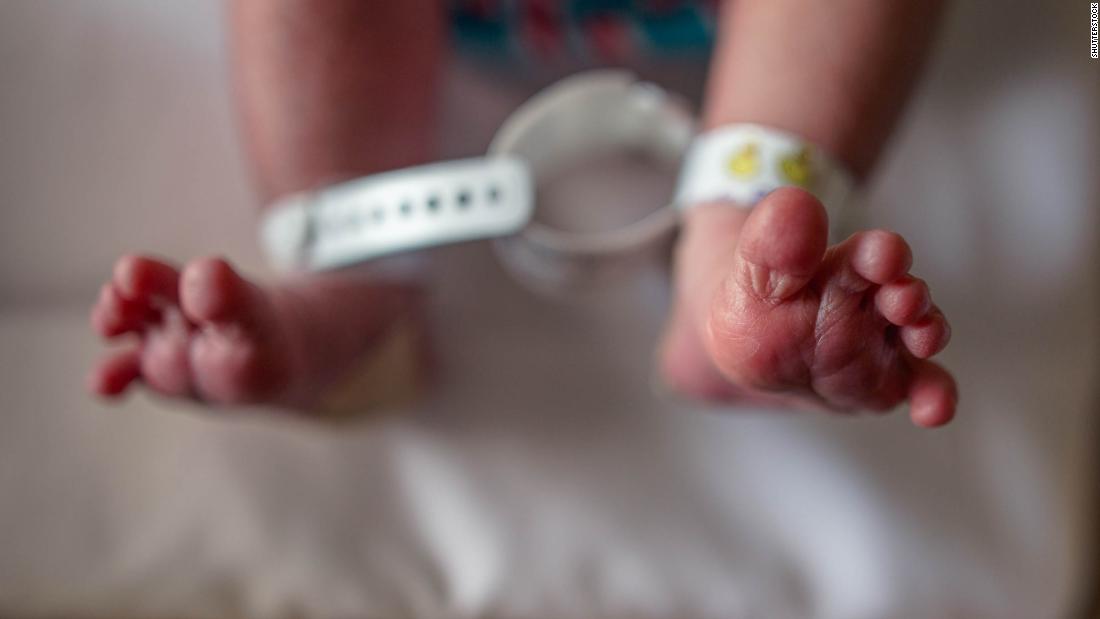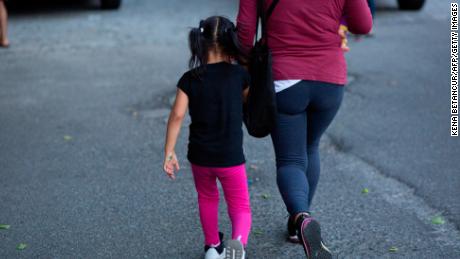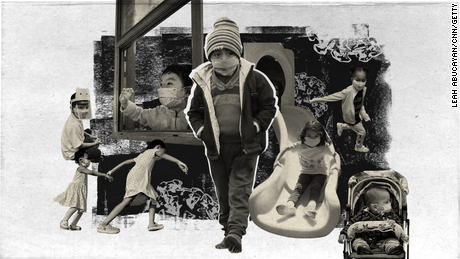New data is starting to paint a picture of whether this past year in the US was a baby boom or bust
“We’ve been conjecturing about the impact of Covid on births for quite some time. These most recent CDC data provide our best opportunity to date to document what actually happened,” says Phillip Levine, a professor of economics at Wellesley College.
The government reports released Wednesday don’t provide any analysis on how Covid-19 is shaping these numbers. But Levine and other experts say there’s little doubt it’s playing a role — and that these numbers point to some ways the pandemic could shape our society for years to come.
Even before the pandemic, US births were decreasing
Demographers have said a combination of factors — fewer births, more deaths and less immigration — were already combining to slow the nation’s population growth. Then the coronavirus pandemic hit, intensifying these trends.
Last year there were 3.6 million births in the United States, down 4% from the previous year. After an increase in 2014, the number of births has declined an average of 2% per year. This is the lowest number of births in the US since 1979.
The US birth rate fell for the sixth consecutive year and reached a record low of 55.8 births per 1,000 women aged 15-44, the National Center for Health Statistics said, also a 4% decrease from the previous year.
The new reports are based on provisional data, which includes more than 99% of birth certificates issued last year.
But how much of a role is the pandemic playing?
“It’s hard to separate out what would have been the decline potentially after the pandemic. … The birth rate is going down from previous quarters. It went down from 2018 to 2019 as well,” Driscoll said. “The overall trend hasn’t changed.”
And the government’s new birth rate data also shows that some age groups — teens and women aged 35 and up — were more impacted than others, Levine says.
Couples may postpone having babies when life is difficult
The data released Wednesday are provisional numbers that could change. And experts have noted that in terms of total births and fertility rates, the real impact of the pandemic will be seen in data from 2021, when all babies born will have been conceived after the health crisis began.
“The big question to all of this is, is it going to continue?” Levine says. “Is it a blip, or is it a downward trend that’s longer lasting?”
“We’re in the middle of a significant economic decline. That tends to make people reluctant to have children. And a public health crisis generates tremendous uncertainty in people’s lives,” Levine says.
Other factors in the mix: People who already have children have been struggling to balance work and home life while schools are closed, and forming relationships has been more difficult for people.
“All of those things are all going on simultaneously,” Levine says. “Overall, life is just difficult these days. And having a baby at a time when life is difficult may not make sense.”
In some cases, couples who postponed having a baby in 2020 may try again in the future. But that depends on what happens next.
“The longer and more persistent the crisis, and the deeper and more sustained the income losses that result from it, the more likely it is that many of the missing Covid births will be lost forever,” Kearney and Levine wrote.
How this could shape our country’s future
Kenneth Johnson, a professor of sociology and demographer at the University of New Hampshire, says it’s too soon to say how long these declines in fertility will last and whether birth rates will eventually return to their pre-pandemic levels or even start to increase beyond that.
“Nobody knows, honestly. It’s such a unique situation,” he says.
A total of 25 states saw more deaths than births in 2020 — a record high, according to Johnson’s analysis. In 2019, Johnson says, five states saw more deaths than births.
“Even during the flu epidemic, we didn’t have anything like this. … To go from 5 to 25 is just astounding,” he says. That trend is likely to continue in many states this year.
Researchers ultimately hope to get more detailed data that allows them to analyze how the pandemic affected birth rates in different groups, looking at factors like age, race, socioeconomic status and geography. For 2021, that kind of information likely won’t be available until September 2022.
“Increments will come out along the way that will help us fill in little pieces of the puzzle,” Levine says, “but we’ve got a long way to go in terms of acquiring data before we’re able to answer the questions that we’re interested in.”
The decline in births caused by the pandemic, coming after years of decreasing birth rates, could add up to significant shifts in society, Levine says.
“The fact that it’s coming on the heels of a lengthy ongoing decline in births exacerbates its impacts. In reality, it’s not the 300,000 fewer births once (as a result of Covid), it’s the hundreds of thousands of fewer births every year that’s likely to have substantial impacts on society,” he says.
“Those include things like economic activity, the solvency of our retirement system and significant other social implications.”
Think about the huge societal impacts we saw after the baby boom in the 1950s.
“This,” Levine says, “has the potential to be the opposite of that.”
CNN’s Jamie Gumbrecht contributed to this report.
![]()






